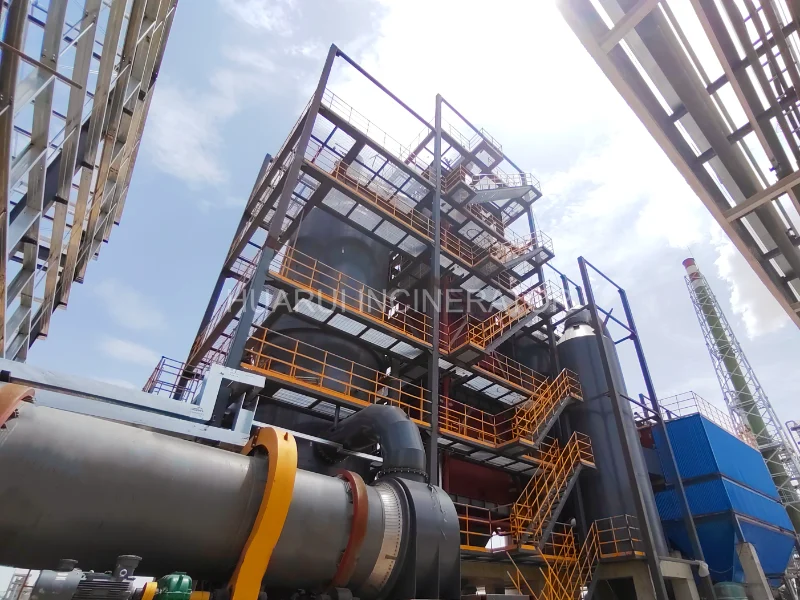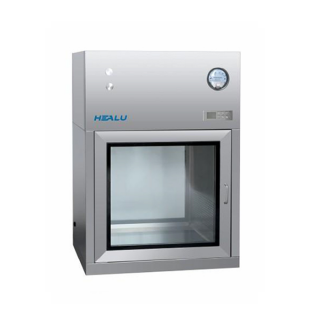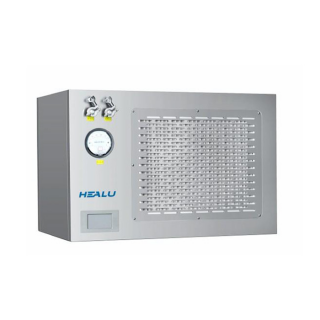Solid-liquid incinerator project for Ningxia
This project is a 10,000 tons/year hazardous waste incineration device for Ningxia, which is used for incineration and treatment of hazardous waste produced by our factory.
Automatic feeding system — automatic feeding system — Rotary kiln — liquid waste furnace — secondary combustion chamber — SNCR denitration system — Waste heat steam boiler — rapid cooling deacidification tower — dry spray tower (lime, activated carbon jet) — cloth bag dust collector — Induced draft fan — SCR denitration system — spray tower — packing spray tower — wet electric dust collector — smoke fontanel — discharge
Related products
-
LCTW Dynamic pass box
Contact UsThe self-cleaning transfer window allows for the transfer of materials, utensils, and other items under Class A environmental protection. Items are self-cleaned within the window before entering areas of higher cleanliness. The self-cleaning transfer window is equipped with an ultraviolet sterilization lamp and can also be fitted with a royal oxygen sterilization system according to user requirements.
-
PP Rainwater Module 35T(Black)
Contact UsPP plastic modules are injection-molded from polypropylene. They can be interconnected to form an underground water storage tank.
-
LUFH Laminar Airflow System
Contact UsLaminar flow is an air purification device that provides Class A unidirectional flow and creates a locally high cleanliness environment.
-
Kssc-zh061k Wet Grinding Dust Collector
Contact UsIt is main applied to flammable, explosive and big spark metal dust.
The air with dust entries into dust collector through suction inlet section under the fan working status, the bigparticles will drop into water tank bottom.






Reviews
There are no reviews yet.